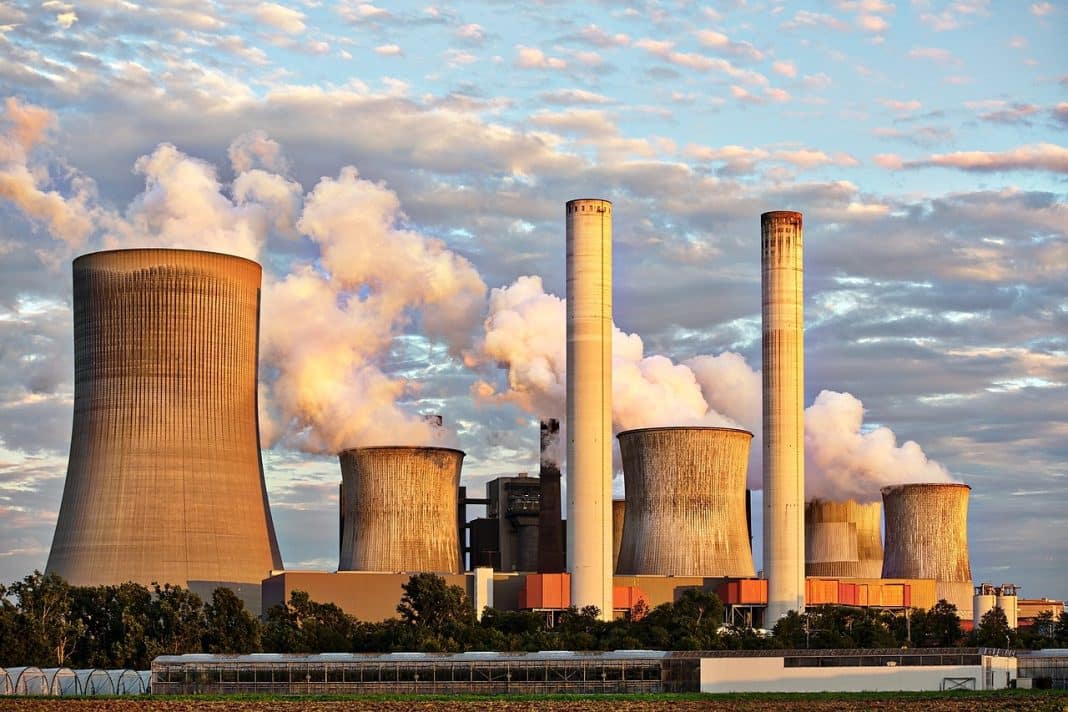At COP26, world leaders agreed to set a global standard for the carbon marketplace – a win for the carbon credit industry at large. Over 200 nations agreed on these guidelines under Article 6 of the Paris Agreement.
Article 6 is a guide to help create, account for, and verify carbon credits – a component many critics felt was lacking. It will help prevent double counting and allow existing certified emission reductions (CERs) to be traded across countries through Internationally Transferred Mitigation Outcomes (ITMOs).
ITMOs are like carbon credits in that they are created by environmental projects that reduce or remove emissions from the atmosphere. ITMOs differ because they are used across country lines – either at the government or corporate level. Under Article 6, countries can use offsets to adjust their own emissions or sell them to another country to use.
Renant Heuberger, CEO of South Pole, was quoted as saying, “This is the rulebook we’ve been waiting for. It creates the clarity that we need to really ramp up massive private sector investments into projects that really cut emissions at a big scale.”
Most experts agree that this new international standard will boost the demand for carbon credits and carbon credit projects.
We have already seen an increase in prices in Europe. The European Union Allowance Futures price is now over 80 Euros / metric ton.
Mark Carney, former Bank of England Governor, believes that the global carbon market now can grow into a $100 billion a year industry.
Andrew Howard, senior director of climate markets at Verra, said that Verra is going through Article 6 decisions in detail to learn how they relate to its own carbon market standard.
Verra is currently the largest certifier of carbon credits.
It will be interesting to see how these new guidelines impact the carbon credit industry. One thing is for sure: this deal on Article 6 will undoubtedly boost confidence within the emissions markets.

